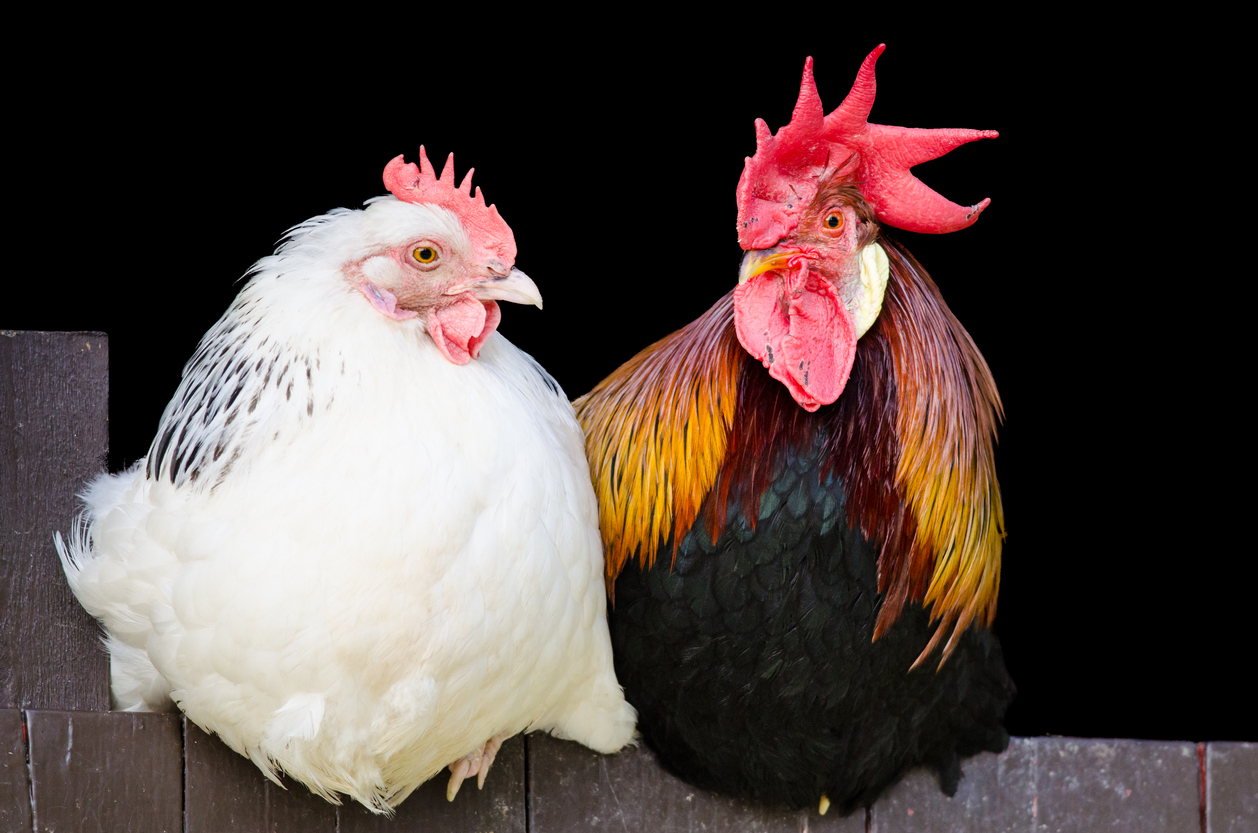The number of hens per rooster will depend on the size of your flock, the space available, and the age and personality of your roosters. As a general rule of thumb, it is recommended to have one rooster for every 10 to 15 hens. This can help prevent aggression and fighting between roosters while ensuring that all of the hens in your flock are able to mate and produce offspring.
However, keep in mind that every flock is different, and the ideal ratio of hens to roosters will depend on your specific situation. If you have too many roosters, your hens will be constantly mistreated. Having too few roosters, on the other hand, decreases predator-protection and leaves you trying to determine which eggs have been fertilized and which have not.
Some factors to consider when determining the appropriate number of hens per rooster include:
- Flock size: If you have a small flock, you may be able to get away with having a higher ratio of hens to roosters, as there will be less competition for mating opportunities.
- Rooster age and personality: Younger roosters tend to be more aggressive toward hens than older roosters, so multiple young roosters in a single flock can be hard to manage. Older roosters learn to tolerate one another and work together. Each bird has its own personality!
- Available space: Each bird in your flock will establish their own territory. Smaller spaces require less roosters to keep the peace.
- Predators: In a true free-range, cage-free in environment, roosters will always be your first line of defense against predators. They will create a distraction and, if necessary, fight to the death giving the rest of the flock time to flee.
Ultimately, the best ratio of hens to roosters will depend on your specific situation and the needs of your flock. By taking into account the size of your flock, the age and personality of your roosters, and the space available, you can determine the ideal ratio for your situation.
Joanna Starkey writes for No Rulz Ranch Hatchery in Beggs, Oklahoma.




